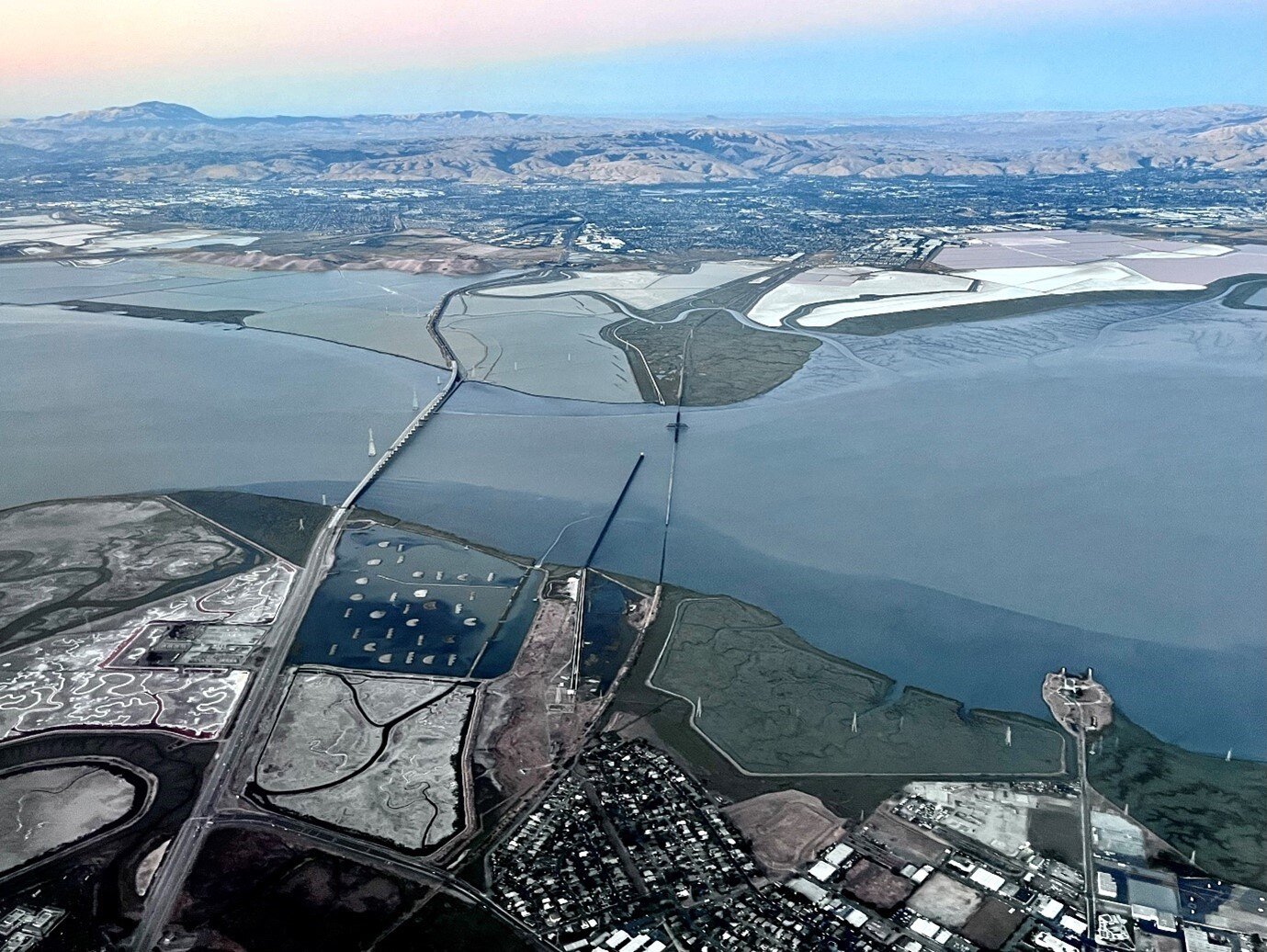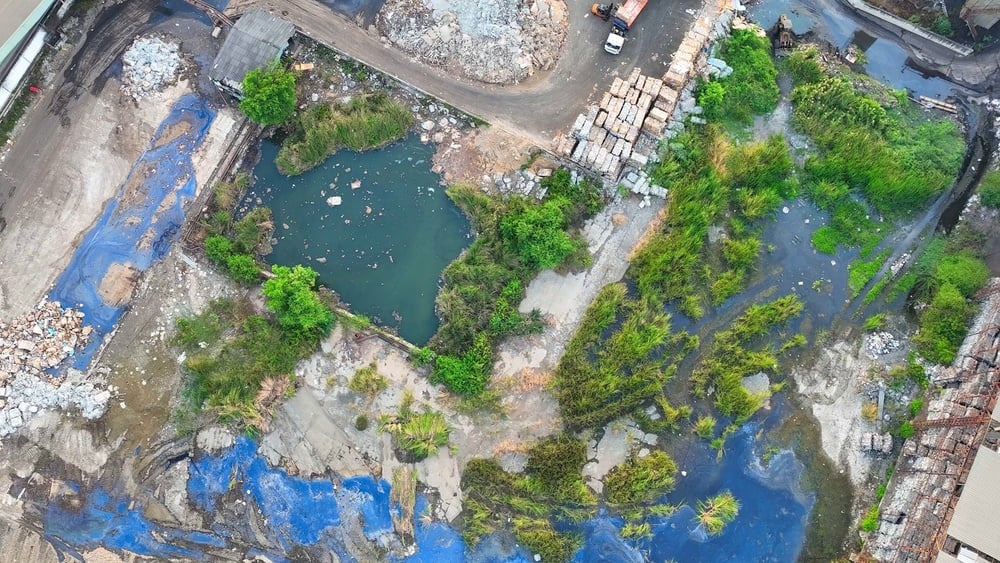Property Condition Assessments (PCAs) or Property Condition Reports (PCRs) are relatively new (developed in the 1990s) assessments being completed as part of due diligence portions of potential property acquisitions. PCAs are often performed in conjunction with Phase I Environmental Site Assessments. PCA guidelines are in ASTM International (ASTM) E 2018-15 Standard Guide for Property Condition Assessments: Baseline Property Condition Assessment Process. PCAs aid prospective purchasers in understanding the condition and potential deficiencies of a property they may be purchasing, leasing, financing, or maintaining. Specifically, the assessment of the following building systems is generally included in a PCA:
- Building Envelope (i.e. foundation, structural frame, roof, etc.);
- Building Site (i.e. topography retaining walls, paving, drainage, etc.);
- Interior Walls, Doors and Finishes;
- Equipment and Appliances (i.e. dock equipment, manufacturing equipment, etc.);
- Mechanical, Electrical and Plumbing Systems (i.e. heating, ventilation and air conditioning [HVAC], generators, incoming electrical service including transformers and switch panels, etc.);
- Fire Protection/Life Safety Systems (i.e. smoke and fire alarms, fire suppression systems, security cameras, control panels, etc.); and
- Americans with Disabilities Act (ADA) compliance includes handicapped parking spaces, accessible building entrances and restrooms, etc.).
PCAs describe the above building systems, an estimated remaining life based on age and condition, and an estimated cost to replace or repair components of the systems based on average industry pricing. Once these costs are calculated, they are divided over a pre-described period, such as ten years, an inflation rate is applied, and a yearly cost is calculated so that a property owner can put money aside to meet these anticipated costs.
Why You Should Include PCAs in Due Diligence Projects
PCAs provide an understanding of the condition of the structures, systems, and equipment located at a property and provide an estimated cost to maintain and keep structures, systems, and equipment functioning correctly and in good condition. PCAs can also help determine if a property's existing structures, systems, and equipment are adequate for the purposes, a prospective purchaser plans for the property. For example, is the incoming electrical service and loading dock equipment sufficient for large manufacturing operations? If the property building does have a loading dock and other equipment, how old is the equipment, and when might it need replacing? What is the cost to replace or maintain the equipment? These are questions a PCA can help answer. The following types of cost estimates are included in PCAs:
- Probable Short-Term Repair Costs – Short-term costs are identified during the PCA site reconnaissance/information obtained from building personnel interviews and associated with repairs that should be addressed within the first year of occupying a property. Short-term repairs represent a deficiency that is preventing a system, component, or equipment from operating as intended. This does not include deficiencies that may be addressed with routine maintenance or minor repairs.
- Replacement Reserve Costs – Replacement reserve costs analyze the probable cost for usually anticipated replacement/repairs of major property components based upon their expected useful life and remaining life values. The replacement reserve expenditures are considered capital expenses and do not include damage-related, routine or minor operating maintenance expenses. Replacement reserve costs are generally forecasted over an 8- and 20-year timeframe and include inflation costs. The replacement reserve costs do not include the first-year short-term costs. The expected useful life and remaining life values for property systems and components are based on published historical performance data for comparable items with consideration for the present condition and reported service history. The cost estimates provided for each individual system/component are present market value. Replacement reserve costs are often reported in an estimation table that includes the estimated year the costs will be incurred, total cost, cost per year, and cost per square foot.
In conclusion, inexperienced prospective buyers of commercial or industrial properties are often unaware of the costs incurred after purchase to maintain and operate the property. PCAs are a helpful tool that can help 1) understand the condition and capabilities of structures and systems at a property, 2) put a budget in place for otherwise unforeseen expenditures, replacements, and repairs, and 3) aid in property negotiations/evaluations. Additionally, PCAs can efficiently be conducted alongside Phase I ESAs and other due diligence and compliance site assessments.




